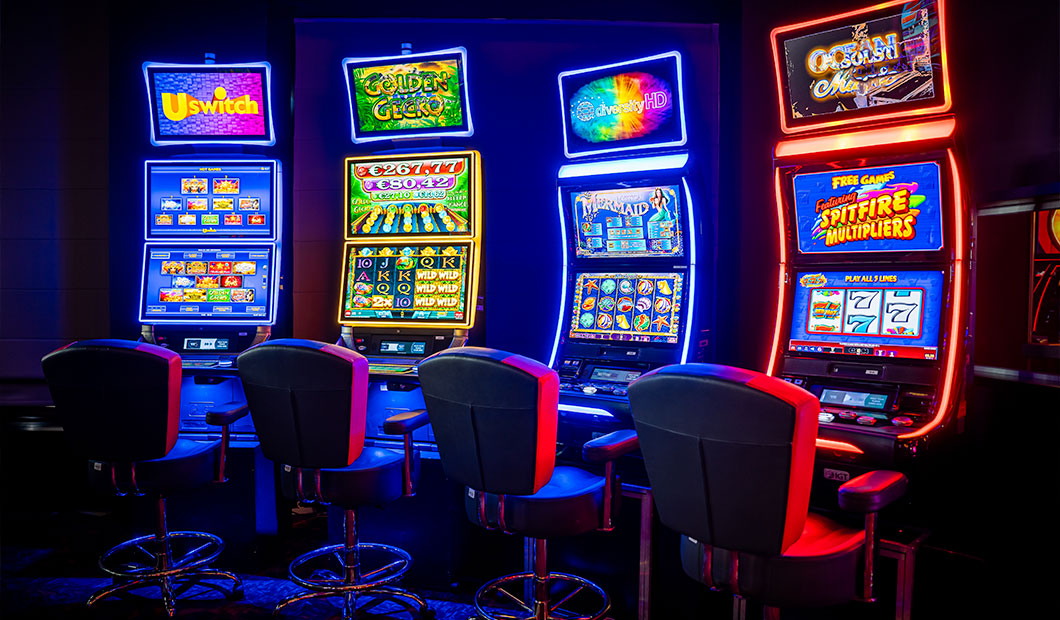
Beneath the shimmering lights plus those enticing sounds of rotating reels lies a dynamic world where innovation meets numbers: the creation of casino games. As players flock to casinos seeking excitement and the possibility of striking it rich big, a vast amount of work takes place behind closed doors to create the games they enjoy. From the initial concept to the final product that players engage with, many elements come together to ensure a captivating play experience.
Designers, technicians, plus game developers work together to merge innovative technology with engaging gameplay mechanics. Each aspect, from graphics plus audio elements to probabilities and returns, is carefully crafted to draw in players and keep them entertained. Understanding this complex process of the way casino games are made reveals not only the technical skills required but also the creative vision that brings these engaging experiences to life.
Game Design Process
The design workflow begins with idea generation and conceptualization, where creators generate ideas for innovative casino games. This initial phase typically includes pinpointing target audiences and analyzing market trends. Designers take into account factors such as game mechanics, themes, and payout structures to develop an engaging experience. Collaboration between game designers, mathematicians, and artists is essential to guarantee a well-rounded concept.
Once a concept is chosen, the next stage involves creating prototypes and testing. Designers build a functional version of the game to evaluate its playability and mechanics. This facilitates adjustments and refinements based on feedback from testers. Iteration is key, as designers may go through multiple rounds of evaluations to fine-tune gameplay balance and user experience. This phase is essential for identifying any possible issues before the game is finalized.
After testing, the game moves into development and production. This includes the technical aspects of coding the game software, integrating graphics, and ensuring compliance with gaming regulations. Quality assurance testing verifies that the game functions flawlessly across various platforms and devices. Once everything is refined, the game is prepared for launch, often accompanied by promotional tactics to draw in players and generate buzz around the latest casino game.
Tech and Advancement
The development of casino games has evolved significantly with progress in tech. Contemporary game design often incorporates high-quality graphics, engaging sound effects, and interactive animations that create a compelling experience for players. Game developers use sophisticated software tools and programming languages to create these interactive gaming experiences. Additionally, the use of RNGs ensures equity and unpredictability in outcomes, which is essential for maintaining player trust and compliance with gaming regulations.
In recent years, the rise of online casinos has pushed the boundaries of game development even further. Developers are now able to design games that cater to a global audience, incorporating features such as live dealer options and virtual reality environments. This transition has encouraged creativity, leading to novel game mechanics and formats that enhance player engagement. Mobile gaming has also become a significant focus, encouraging developers to optimize games for mobile phones and tablets, ensuring accessibility and convenience for players on the go.
Cooperation among designers, artists, and math experts is crucial in the development process. Each team brings their knowledge to make sure games are not only aesthetically pleasing but also statistically accurate and enjoyable. The integration of player feedback during testing phases allows developers to improve game features and functionalities, ultimately leading to a successful launch. As technology continues to advance, the potential for new game concepts and experiences is unbounded, promising an enticing future for casino games. casino non AAMS
Evaluating and Quality Control
Once a casino game has been created, it enters the crucial phase of evaluation and quality assurance. This stage ensures that the game operates flawlessly and provides a fair experience for players. Teams conduct comprehensive tests, including operational checks to verify that all game features work as intended. Each element, from graphics to sound effects, is assessed to ensure high standards are met.
In addition to functionality testing, the game undergoes stringent compliance checks to meet compliance requirements. Different jurisdictions have specific regulations governing game fairness and player protection. Quality assurance teams will verify that the random number generators are working correctly and that the game’s payout percentages align with industry standards. This detailed examination helps build trust with users and oversight bodies alike.
Finally, pre-launch testing may be conducted with real players to obtain feedback on user experience. This critical insight allows developers to execute necessary adjustments before the public launch. Tackling any potential issues noted during this phase helps ensure that gamblers will enjoy a smooth, captivating experience when the game goes live. The commitment to quality reflects the sector’s dedication to delivering pleasant and trustworthy casino games.
